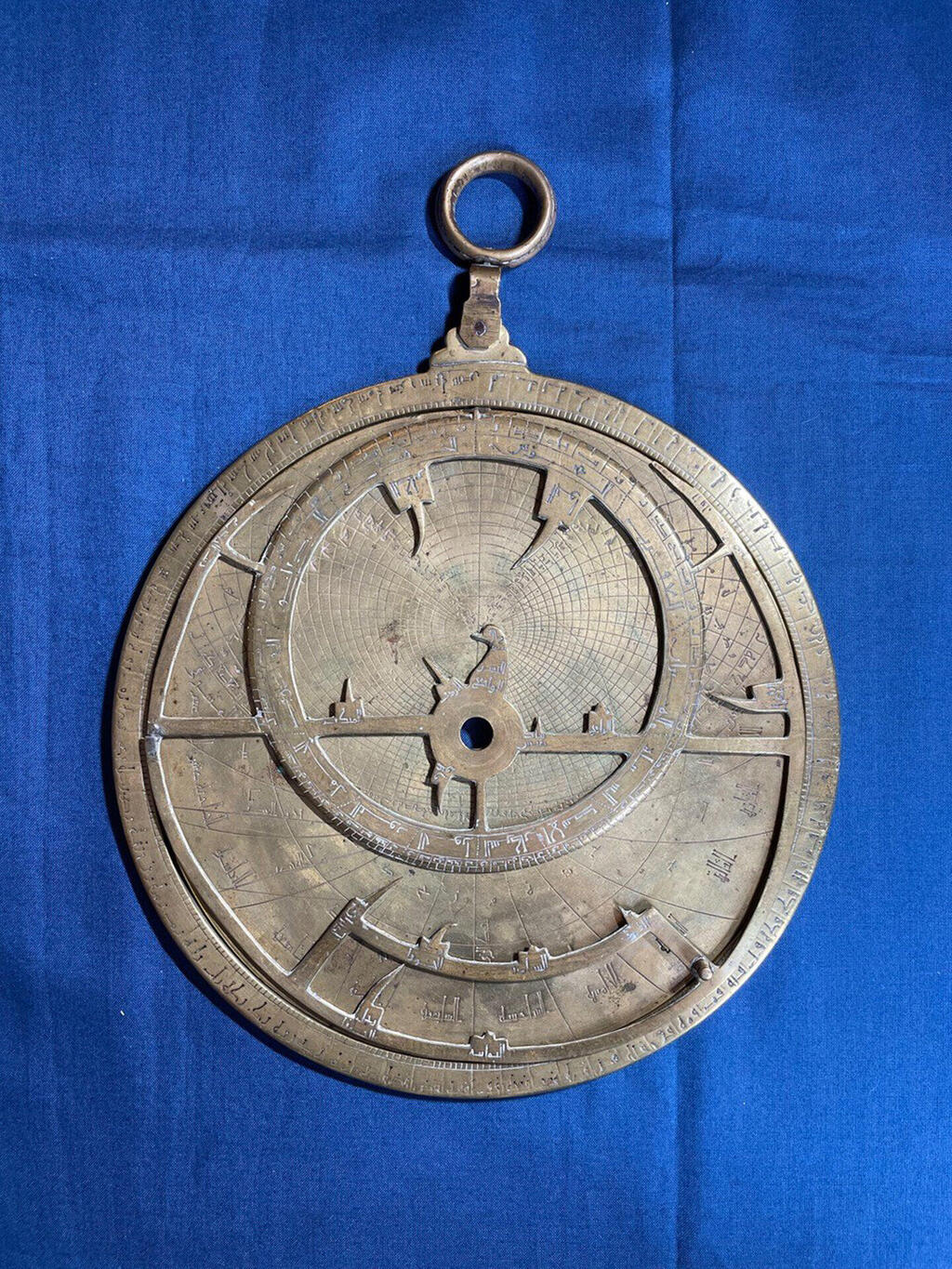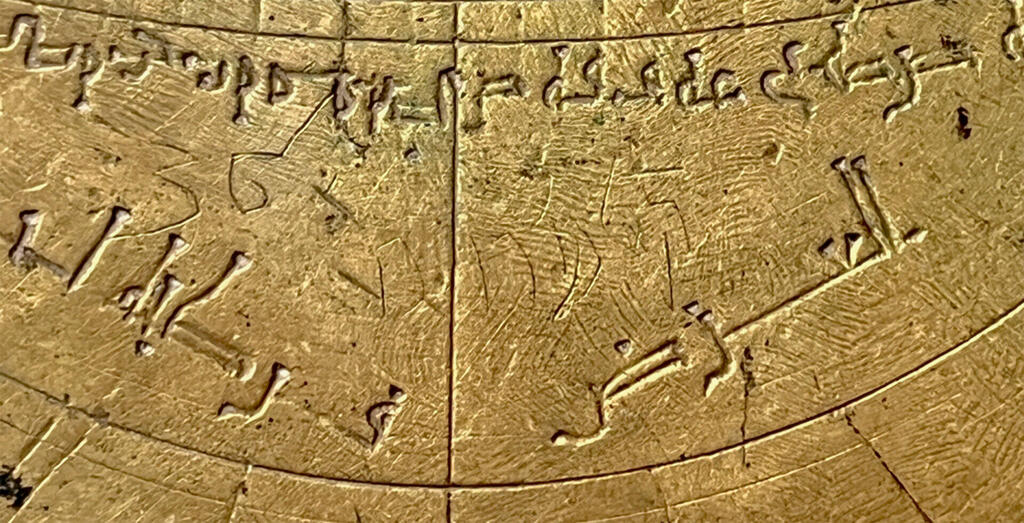Getting your Trinity Audio player ready...
A remarkable find has come to light with the identification of an ancient Islamic astrolabe from the 11th century in a museum in Verona, Italy. This extraordinary artifact stands out as one of the oldest of its kind ever unearthed and is among only a handful known to exist worldwide.
Read more:
Throughout centuries, this astronomical instrument underwent adaptations, translations and corrections by users from diverse religious backgrounds, including Muslims, Jews and Christians in Spain, North Africa and Italy.
The credit for this significant discovery goes to Dr. Federica Gigante, a scholar from Cambridge University's History Faculty and Christ's College. After stumbling upon an image of the astrolabe on the Fondazione Museo Miniscalchi-Erizzo's website, Gigante's curiosity was piqued, leading her to inquire further about this extraordinary find at the museum in Verona, Italy.
Recently, she published her comprehensive study on the astrolabe in the journal Nuncius, shedding new light on its historical and cultural significance.
"The museum didn’t know what it was. It’s now the single most important object in their collection," Gigante explains. "When I visited the museum and studied the astrolabe up close, I noticed that not only was it covered in beautifully engraved Arabic inscriptions but that I could see faint inscriptions in Hebrew. It was only when we took it to a side room and I started to analyse it – by chance I was sitting by a window and the raking light came in – that I started to see these scratches. They were very strange because they weren’t the scratches you’d expect from use. I thought maybe I was just a bit too tired, but more kept coming out.”
Astrolabes, often hailed as the original smartphones and portable computers of their time, possessed a multitude of functions that made them indispensable tools. These remarkable devices provided users with a compact, two-dimensional representation of the universe. With astrolabes, individuals could calculate time, measure distances, chart the positions of celestial bodies, and even delve into the realm of divination by casting horoscopes.
In the case of the Verona astrolabe, Gigante, an respected scholar well-versed in Islamic astrolabes and a former curator of Islamic scientific instruments, expertly examined and analyzed various scientific, design, construction, and calligraphic aspects to determine its origins and age.
Through her research, she determined the astrolabe hailed from Al-Andalus, the Muslim-ruled region of Spain, during the 11th century. This conclusion was drawn from the distinctive engravings and the arrangement of scales on the back of the instrument, which bore a striking resemblance to other astrolabes produced in that time and place.
The astrolabe, featuring Muslim prayer lines and prayer names arranged to ensure timely performance of daily prayers for its original users, bears intriguing inscriptions that shed light on its history and cultural significance.
Upon translation, the engraved signature on the astrolabe reveals the words "for Isḥāq[...]/the work of Yūnus." This additional inscription was likely added by a subsequent owner of the astrolabe, offering insight into its later ownership.
The presence of the names Isḥāq (Isaac) and Yūnus (Jonah), written in Arabic script, suggests a fascinating possibility. It hints that the astrolabe may have circulated within a Sephardi Jewish community in Spain, where Arabic was commonly spoken.
Another intriguing detail lies in a second plate added to the astrolabe. Inscribed with markings appropriate for North African latitudes, it hints at another chapter in the object's history, possibly indicating its use in Morocco or Egypt.



